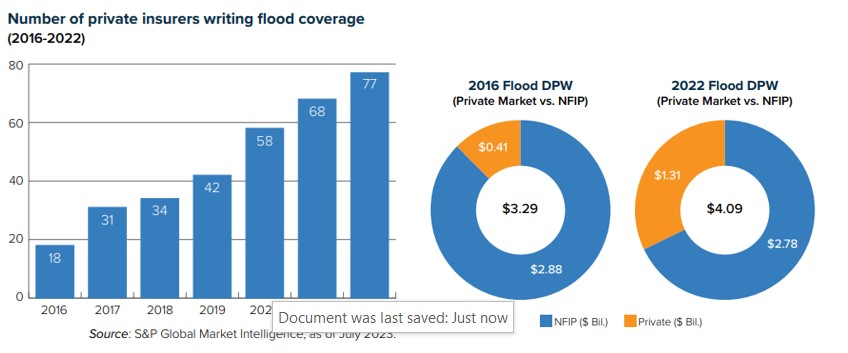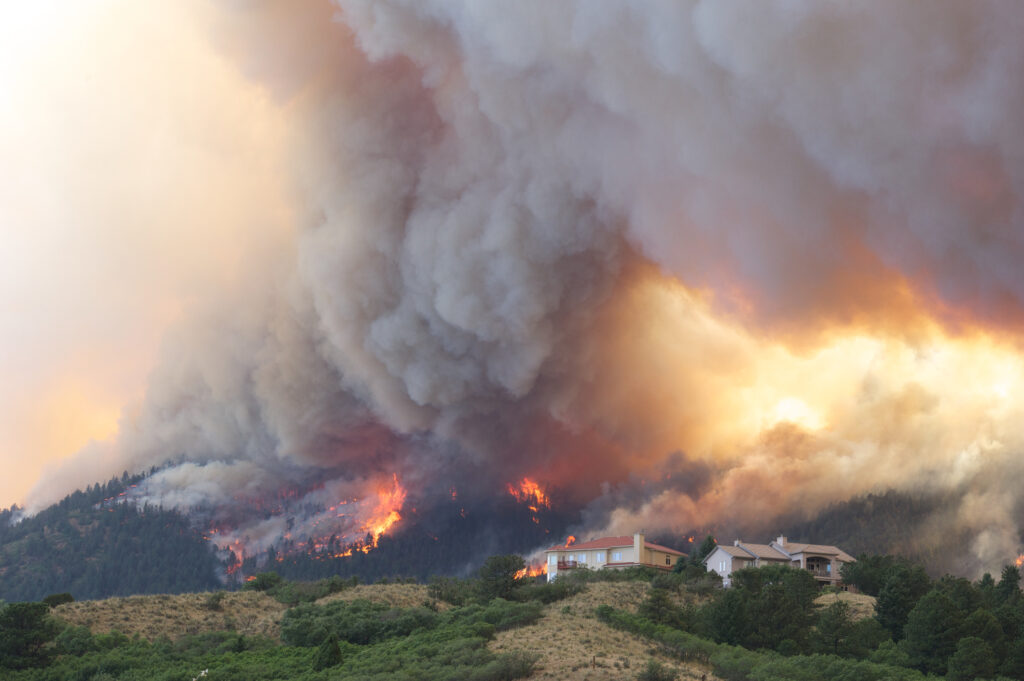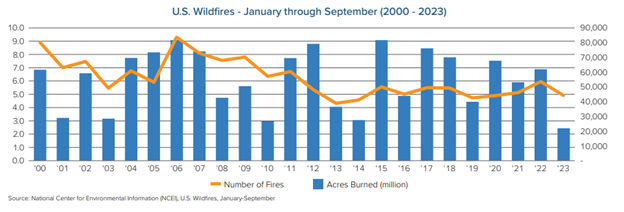
By Max Dorfman, Research Writer, Triple-I
Homes with more modern roofs were able to avoid significant damage from Hurricane Ian, compared with those with older roofs, according to a recent study by the Federal Emergency Management Agency (FEMA).
Of the 200 homes surveyed, 90 percent with roofs installed before 2015 had roof damage, as opposed to 28 percent for those installed after 2015, when Florida imposed new ordinances regarding how roofs are attached to houses and how waterproof they need to be. Indeed, when Hurricane Ian made landfall at Cayo Costa, a barrier island in Lee County, Fla., on Sept. 28, 2022, it damaged 52,514 homes and other structures in the area, causing an estimated $55 billion in insured losses in 2024 dollars.
Some of this damage, according to the data, could have been mitigated by updated roofs.
History tells the same story
After the devastation of Hurricane Andrew in 1992, Florida took the initiative to develop innovative plans to prevent hurricane damage. These changes further came into effect in 2002, with a new focus on roofing. However, there were inconsistencies in the quality of the roofing.
“The 1970s-era homes performed better than some of the post-2002 new building code homes because of the sealed roof deck,” Leslie Chapman-Henderson, president of the Federal Alliance for Safe Homes, told The Miami Herald. “It was a nominal cost (to reinforce the roof) and a simple thing to do, but it made a huge difference.”
Now, with a renewed focus on metal sheet roofs—which bear the brunt of storms more resiliently than asphalt shingle roofs—FEMA’s data could drastically change the way in which homes are built, and how insurers are responding to fraudulent claims.
Insurance scams set progress back
Insurers are forced to raise the price of coverage in hurricane-prone areas in Florida because of a rash of schemes to deliberately damage roofs to qualify them for insurance claims, a persisting trend.
“Fraud drives insurance rates up and harms all Florida policyholders,” Citizens Property Insurance CEO Tim Cerio said. Still, implementing the changes suggested by the FEMA study may help alleviate some of the concerns posed by insurers—and help homeowners.
“When you’re looking at a home and evaluating its ability to survive a hurricane, the health of the roof is the first question to ask,” said Chapman-Henderson. “It not only increases your performance in the hurricane itself, but in the current environment it can help save you money on your insurance.”
Learn More:












